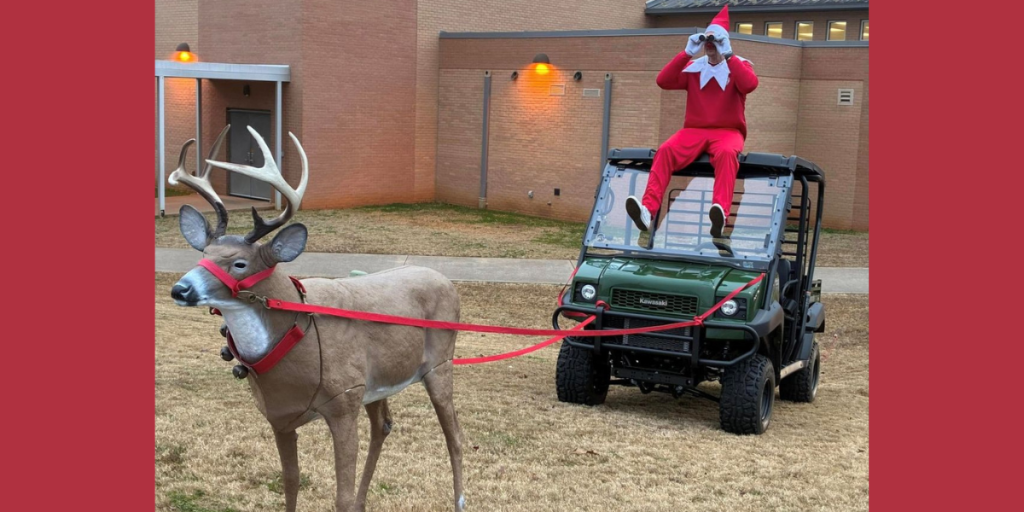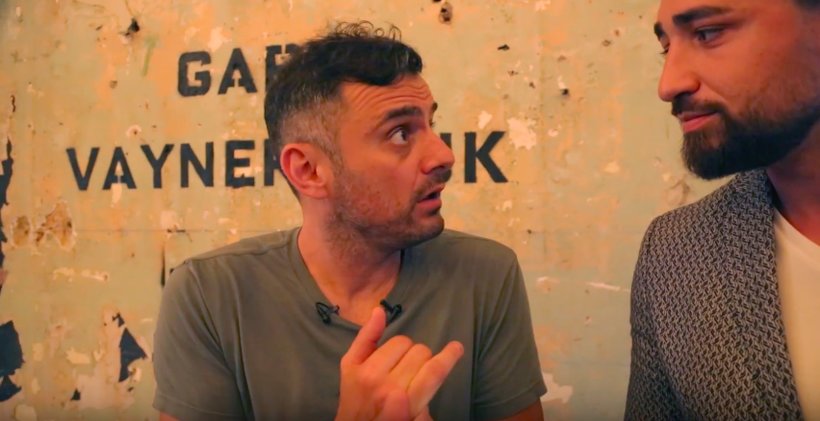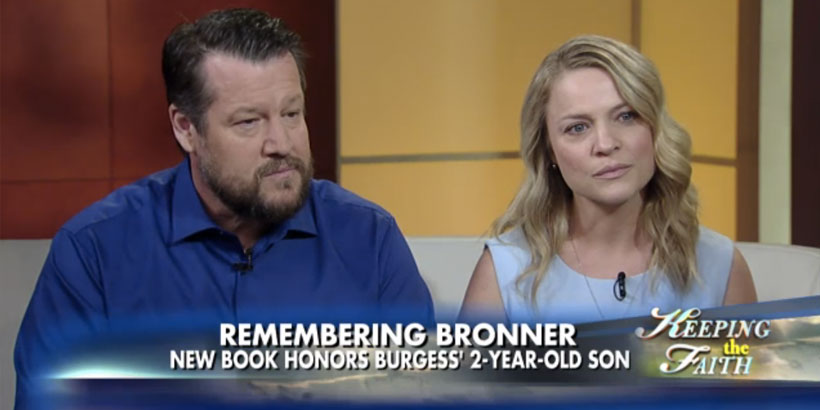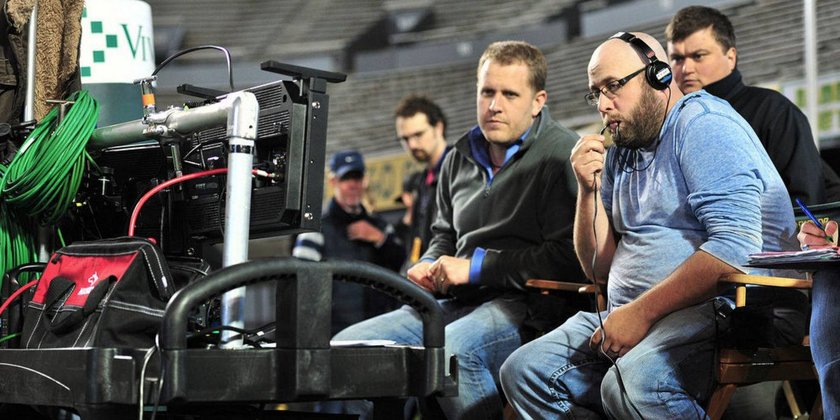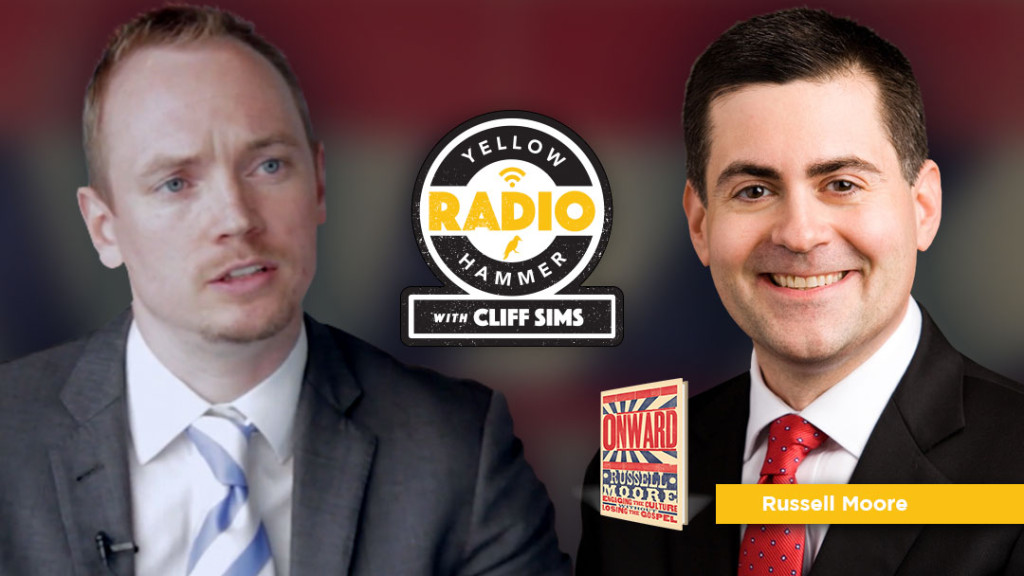
A while back, we posted a review of Lars Anderson’s “The Storm and the Tide,” which covers the April 27, 2011 Tuscaloosa tornado and the subsequent national championships won by Alabama. It is a great book, which we highly suggest buying and reading. It isn’t an easy read, though, so you might want to grab a box of tissues and read it in private. Anderson will also be selling and signing copies of “The Storm and the Tide” on the quad at Alabama this weekend as Texas A&M comes to Tuscaloosa.
Anderson was a writer at Sports Illustrated for 20 years and was an adjunct professor at the University of Alabama at the time of the tornado. He has since left SI and is now a full-time teacher at the University, contributing for AL.com, the SEC Network and other outlets.
I talked to Anderson about what went into the book, how he got the stories for it, and if his views of a certain football coach changed throughout the process of writing the book.
Yellowhammer Sports: First off, how did you originally go about finding subjects for the original magazine story?
Lars Anderson: For the magazine story, I enlisted the help – I was an adjunct professor [at Alabama] at the time – of Allyson Angle who was one of my students. She was a grad student; she was an athlete – she was a swimmer – and she had connections that I simply didn’t have. She knew a bunch of the other athletes.
When I pitched the story, the idea was: Look, there’s been this terrible tragedy in Tuscaloosa. Tuscaloosa is a sports-crazed town. I know the town. Give me a chance to see what I can come up with. There had to be a sports angle.
Right after I got the green light [from Sports Illustrated], the first person I called was Allyson and she agreed to be on board with this and help me. So the very next day, Allyson and I went in. Allyson knew Javier Arenas (former Alabama cornerback). Javier was the first person that we met with, and from Javier we just went about finding out – working with the athletic department – who was impacted by the storm. I couldn’t believe that Kayla Hoffman, who was the best gymnast in the country, had this unbelievably gripping, horrifying story.
Coach Saban was incredibly gracious with his time. We were set to talk for 20 minutes and ended up going for an hour and a half. And I only used like maybe one line of that whole hour and a half interview in the magazine story and so all of the rest is in the book.
I always tell my students: You know have a good story when you only use five percent of your notebook, and from this magazine piece, I used less than one percent of my notebook. I just had so much stuff.
The key interview was Carson Tinker, and we worked with the sports information department to get Carson because I knew I wanted to frame everything around Carson and his girlfriend Ashley Harrison. The best way to really give the reader an emotional gut-punch would be to reveal that Ashley didn’t survive the storm near the end of the story, so I knew I wanted to begin the story with Carson and end the story with Carson. I then wanted to jump around from different anecdotes to try and replicate the haphazard nature of a tornado.
Then the story comes out, I literally hear from people around the world. It made more of an impact than anything else I had ever done at Sports Illustrated. And naturally, as someone who writes books, I’m interested in writing a book about it. But I needed time to gain perspective on exactly what happened here, figure out how the story ends, and also to give people time to grieve.
When I ended up getting the book contract with Sports Illustrated, I knew I wanted to get in touch with Shannon Brown who was a captain at Alabama in ’95 and whose daughter didn’t make it through the storm. So I got in touch with Shannon and I wanted to get in touch with the Dowlings who moved into a house that Nick Saban and his charity built. Then I wanted to find a business owner who had been touched by the storm because I wanted to make it as much about the town coming back as possible. To reveal that, I wanted to focus on someone that lost their business at 15th and McFarland. I went back to Mayor Walt Maddox for the book, who was great, and went forward from there.
YHS: Did Alabama winning its two national titles make the book a possibility?
LA: The idea of the book really came especially after Alabama won the 2012 national championship. It was pretty apparent to me that it would be a good idea to write a book about what had happened. But then, the more I thought about it, it would be better to focus on 2011, to keep it more linear. In all my books, even the ones about events in 1912 like in “Carlisle vs. Army,” I try to tell the story in real time. I use techniques of fiction, and in terms of character development, story arch and I did the same thing with this book. I told it in real time, and even though people are recalling stuff for me, I’m having them recall the dialogue so I can reconstruct it.
YHS: How are you able to ingratiate yourself with a subject enough to have them open up about one of the worst moments in their lives?
LA: It took some time, there’s no question about it. Really just spending a lot of time with them did it. I shared my experience of reporting the magazine story, and everyone I interviewed for the book had already read the magazine story and they sort of knew that I handled it in a graceful way. They kind of knew a little about me and how I write and report and the sensitivity that I showed in the piece.
But it was really just spending time with them. I shared my own experiences and hard stuff I’ve been through. It’s just hardcore reporting is what it is. Like Ashley Mims, Loryn Brown’s mom, we would have phone conversations – and this was after spending 20 hours talking face-to-face – that would last 10 hours and we were only talking about a three-hour stretch of time during one day. Trying to get detail, detail, detail. The details are what make the pages pop and that’s what I was going for.
I bet I talked to Ashley Mims over 100 times. I feel like she’s a part of my family now. I have a connection with her that I’ve never had with anyone else I’ve ever written about, just because she shared so much with me and I feel like I know her daughter. It’s so heart-wrenching.
I literally had a picture of Ashley Harrison and Loryn Brown sitting above my laptop as I wrote at home. I just wanted to keep thinking of them. Every time I would start to write I looked at those pictures to get back into the story. It definitely took an emotional toll on the writer.
YHS: Is this the closest you’ve ever gotten to a story and how did you organize it once you did the majority of your reporting?
LA: Yes. I live here, and I know the community. But also the time it took to write, and the fact that my students were emotionally scarred by what happened. To this day, some of them still have to wear mouth guards at night because they clench their jaws so tightly and are tormented by nightmares of tornados.
For a lot of the students it was the first time they were ever introduced to the concept of tragic death and most of them knew personally one of the Alabama students who didn’t make it through the storm. It’s a lot of big boy and big girl topics here.
When it comes to the narrative, the writing itself, the story is so gripping, I felt like I needed to step back and not overwrite. I tried to be as sparse with the language as possible and not get flowery. Just let the story tell itself on its own propulsion.
The organization of this story was crucial and my editor was very instrumental in helping me organize this book because you can’t just throw in all tornado up at the front. It couldn’t be a straight linear narrative because you have to give the reader a break, so I sprinkled in some Nick Saban background, some Carson Tinker background and other stuff throughout.
It was a challenge to get it organized in the right way.
YHS: How did your view of Nick Saban change through reporting this story?
LA: I really didn’t have a preconceived notion of him when he became coach at Alabama. I’ve spent a lot of time with him over the years for Sports Illustrated and he has always treated me extremely well. I’ve never had the problem that the daily beat reporters have and I understand their job and I sympathize. And I’m no Saban apologist, I’m not an Alabama cheerleader. I’m a Nebraska guy; I aspire to be a Nebraska cheerleader.
But my view of him changed because I saw so many acts of kindness that he dispensed, which I write about in the book. I saw how much the tornado changed him as a person. Also just digging into his background is pretty fascinating with where he grew up, how he grew up, the impact of his dad’s early death had on him, meeting Terry at such a young age and her role in the “Process.”
I think readers will be surprised. I don’t know if people will think differently of Saban after reading this but they’ll see a different side of him.
He was a guy who rose to the moment when it mattered most, there’s no question about that. When this town and this state needed somebody to leader of a wounded tribe it was Nick Saban.
YHS: Could Tuscaloosa and the surrounding areas have recovered as quickly without the football team?
LA: I think that the tornado bound the team and the town together in an unprecedented fashion. Because it happened here, where college football matters as much as it matters anywhere else – you could make the argument it matters more here than anywhere else – it gave the players and the coaches a special power that they wielded. They could hand out hope in ways that normal college football players and coaches couldn’t just by doing what they do best on Saturdays.
It’s tempting or easy to say that the tornado inspired national titles, but that’s not it at all. The tornado inspired players to want to do something special for the town that was hurting so badly. They saw it every day.
Even I had tornado fatigue being down here just twice a week to teach my class, it just wears you out. Physically, it took so long to recover, almost picking up the town brick by brick, it’s still not the same three and a half years later. The scars are everywhere, there’s still rubble around in different places. But I don’t think the town could’ve recovered as quickly as it did without the team and I know that for a fact.
Mayor Maddox told me when he went to Washington asking for money, he always got everything he wanted. The different people he met with, senators, etc., always remarked that they know about Tuscaloosa because of Alabama football, and they always wanted to talk Alabama football with him.
Follow Jonathan on Twitter @Jonathan_Biles





